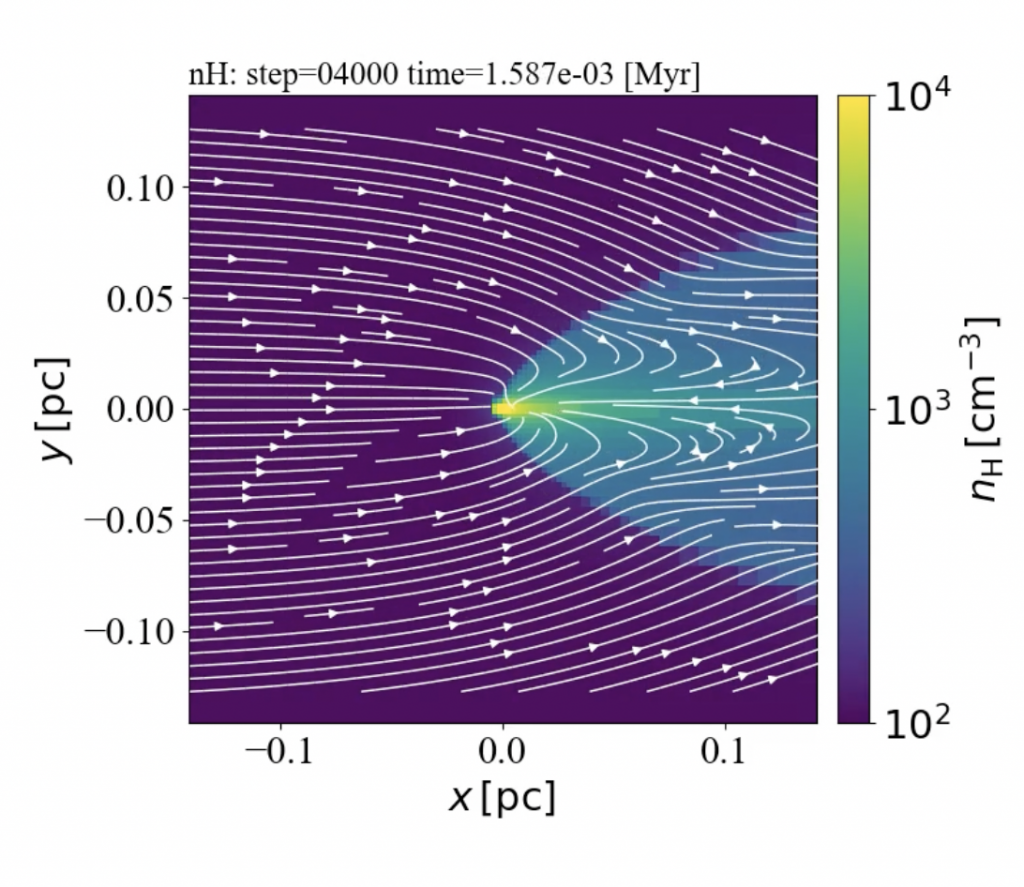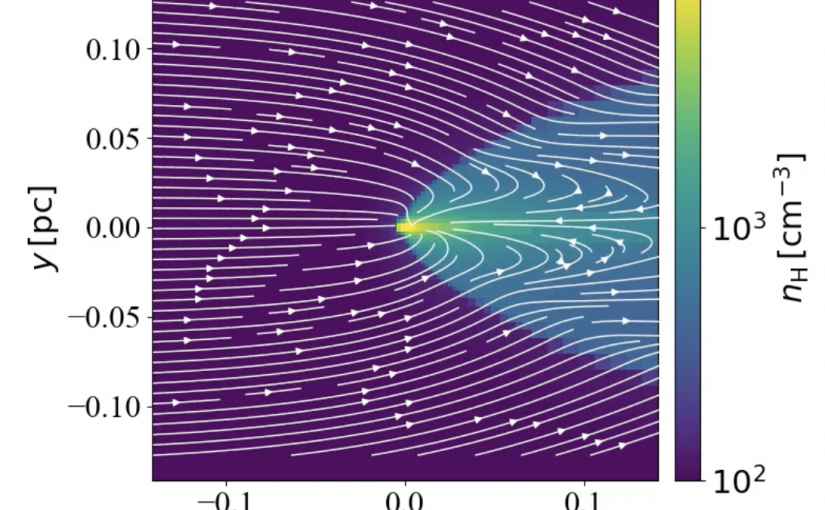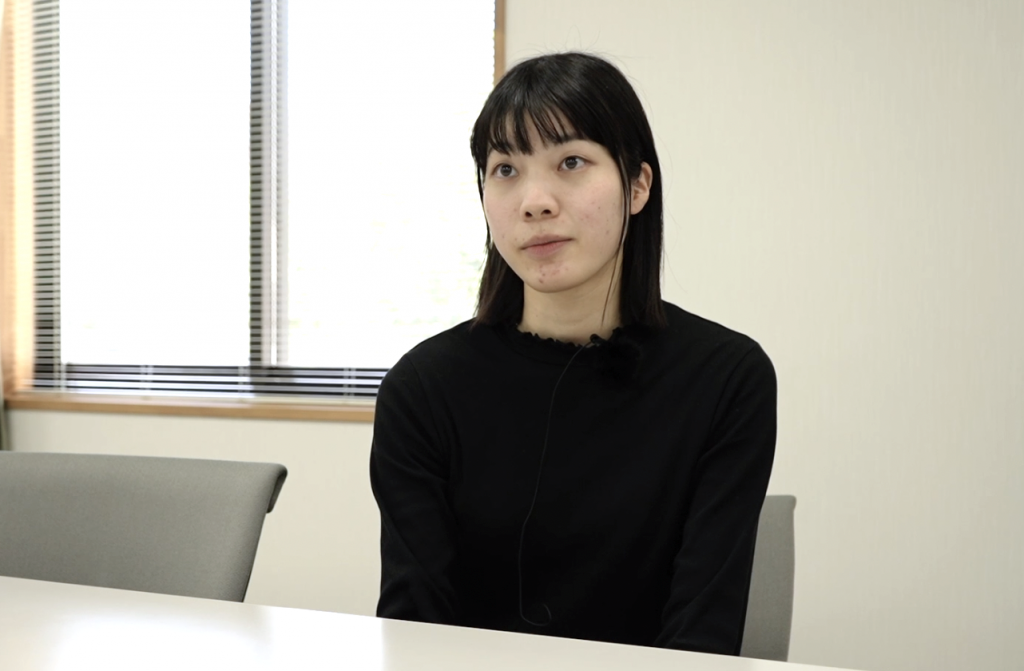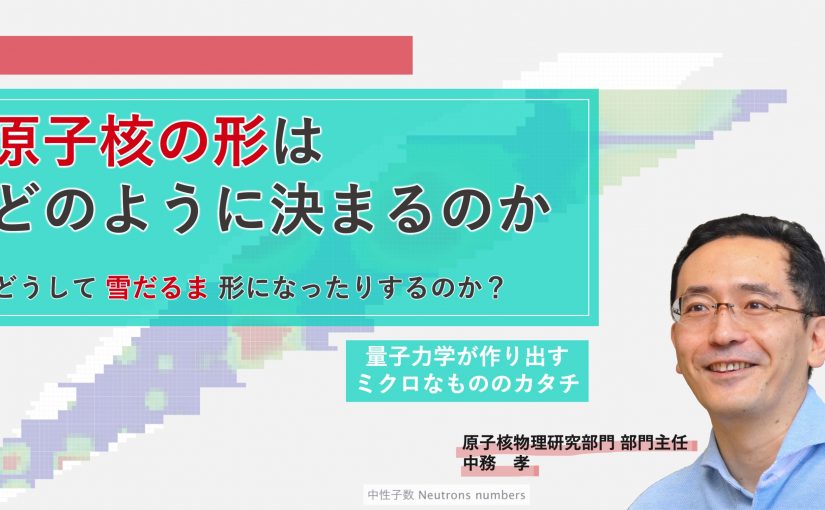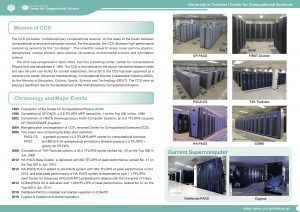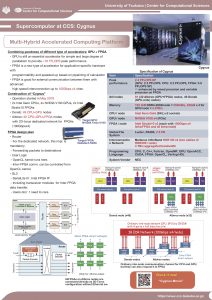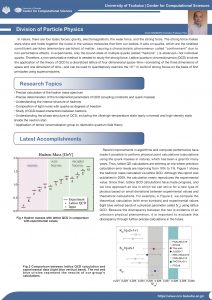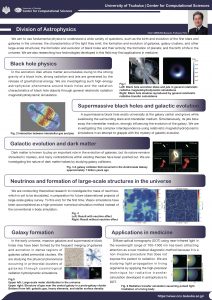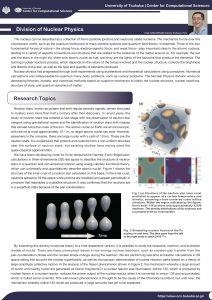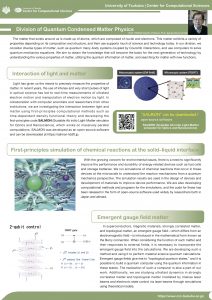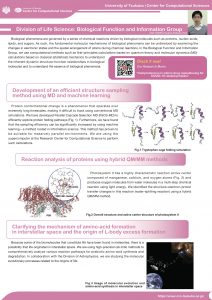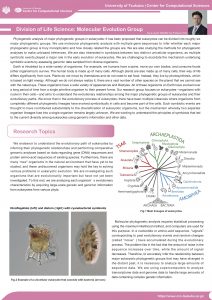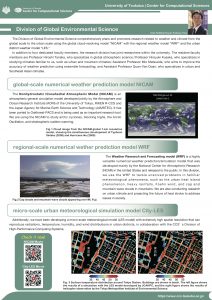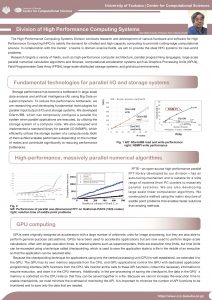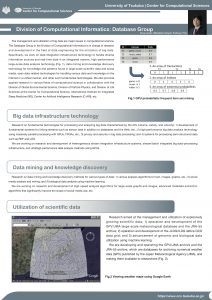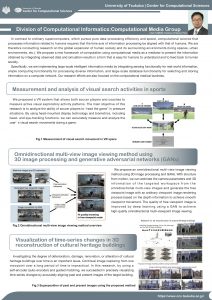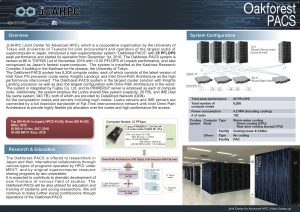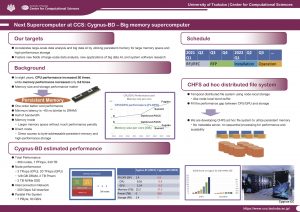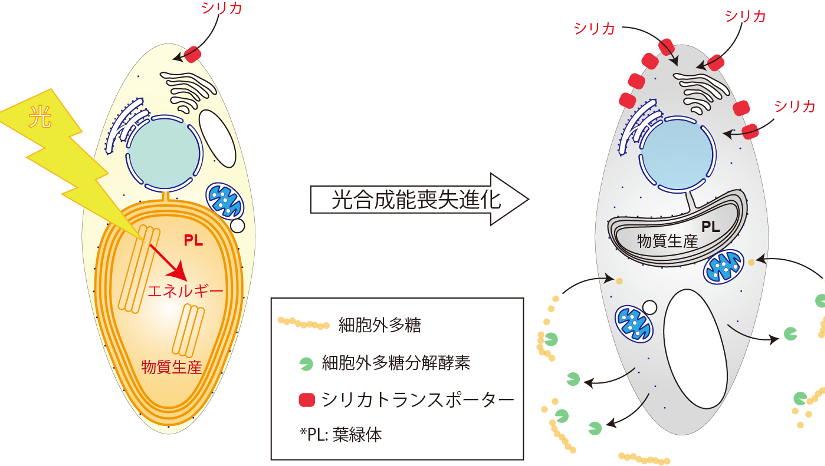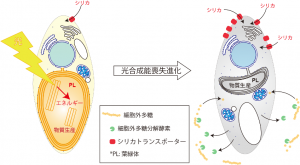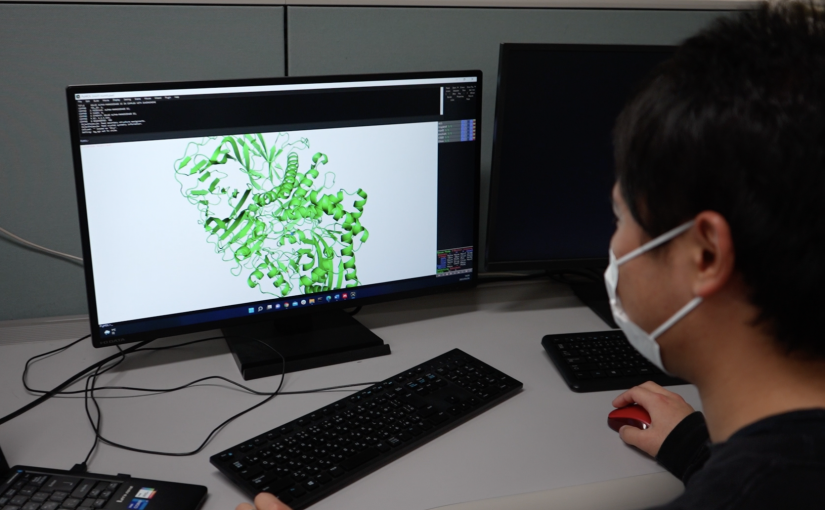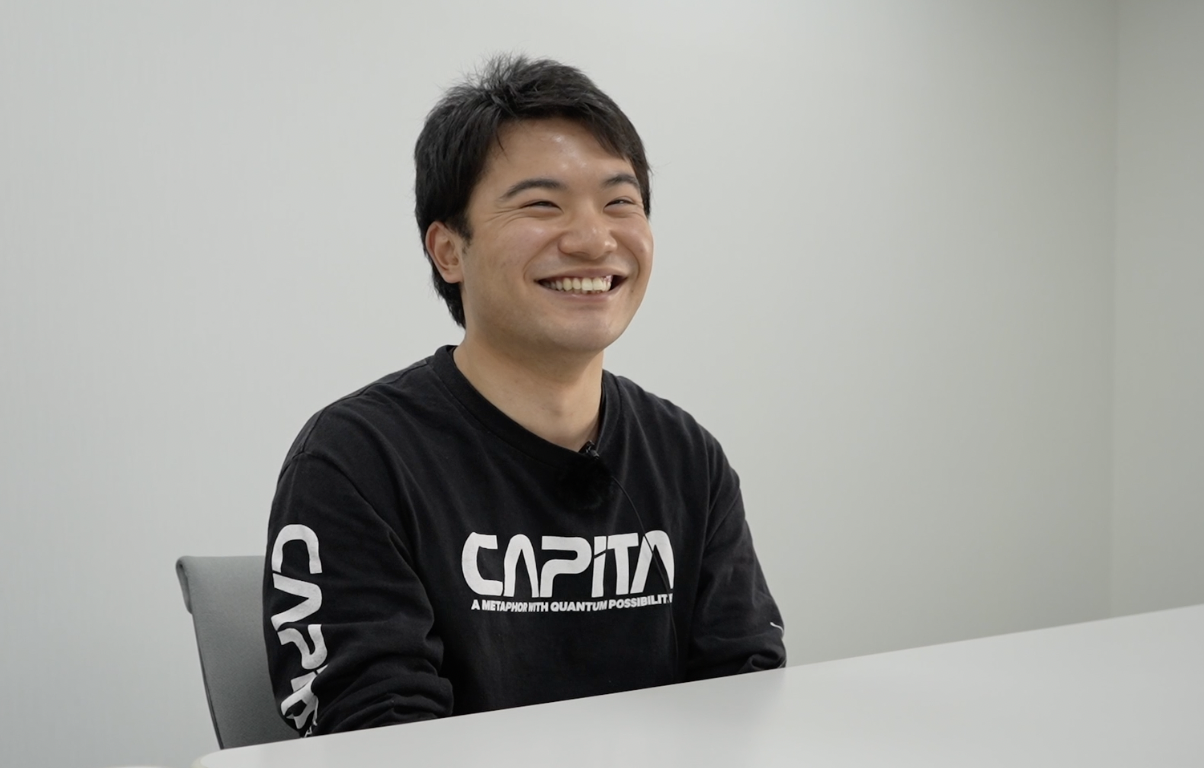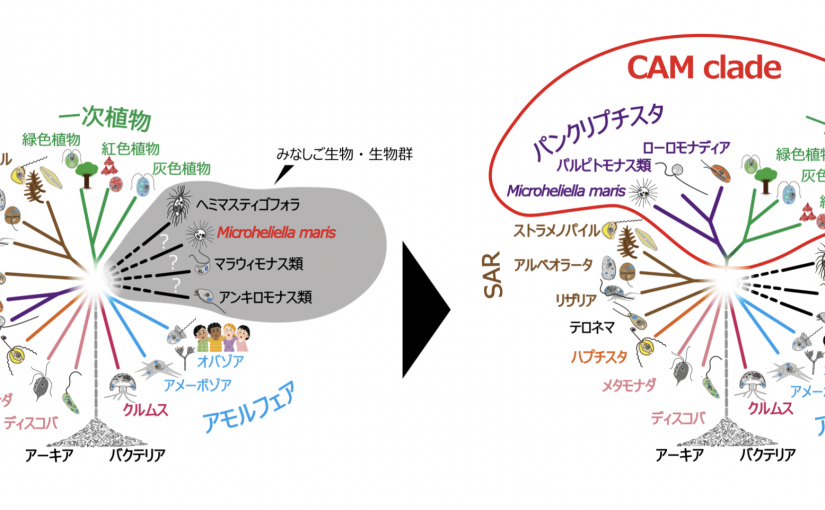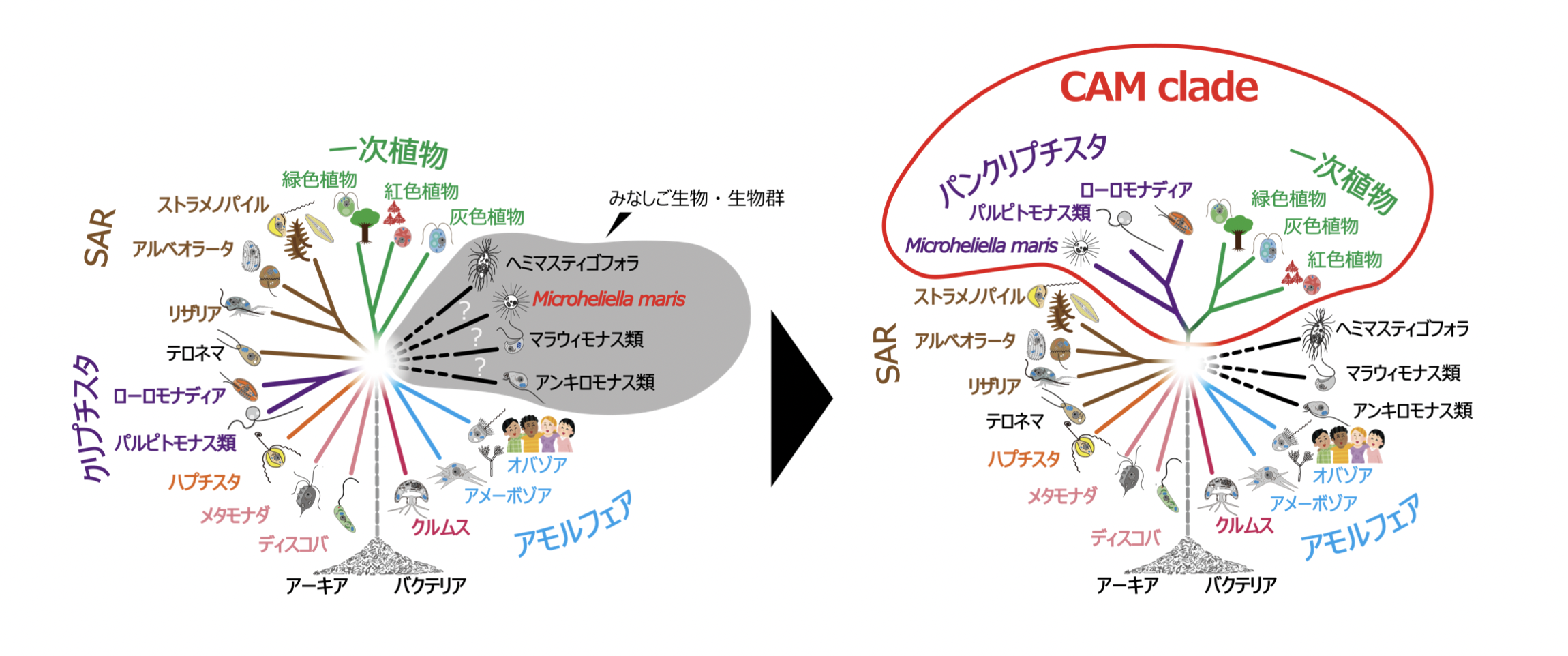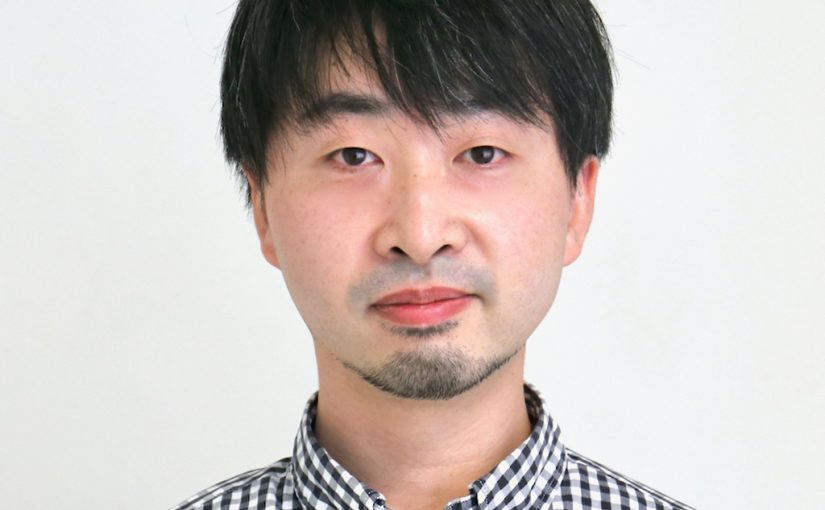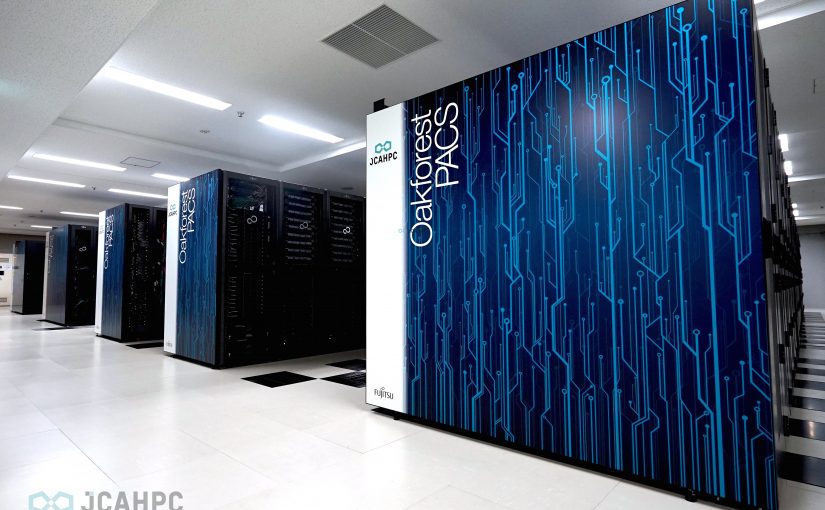1. Key Points
◆ Based on large-scale molecular phylogenetic analysis of major eukaryotes and protists with uncertain taxonomic affiliation, “Pancryptista” has been proposed as a new, large, eukaryotic group.
◆ Pancryptista is a sister group of Archaeplastida *1, which consists of organisms with double-membrane-bound chloroplasts. They are collectively called as the “CAM clade”, a new mega-scale eukaryotic group.
◆ The monophyly*2 of Archaeplastia was rarely reconstructed, because of the specific evolutionary signal of some members of Pancryptista.
2. Overview
Akinori Yabuki (Senior Researcher, Deep-Sea Biodiversity Research Group, Marine Biodiversity and Environmental Assessment Research Center, Research Institute for Global Change, Japan Agency for Marine-Earth Science and Technology), after collaboration with Euki Yazaki (Special Researcher, Institute of Physical and Chemical Research) and Yuji Inagaki (Professor, University of Tsukuba), has performed large-scale molecular phylogenetic analysis of major eukaryotes and protists with uncertain taxonomic affiliation and has proposed a new, large, eukaryotic group.
Eukaryotes are organisms whose cells contain structures such as nuclei and mitochondria. They constitute the taxon Eukaryota, which includes multicellular eukaryotes (e.g., humans). Eukaryotes evolved approximately 2.1 billion years ago, and through evolution, they have branched into various lineages. Research is focusing on the taxa that branched off during the relatively early stages of evolution in an attempt to unravel many uncertainties regarding the evolution of eukaryotes, especially with respect to the groups that formed during the early stages of evolution.
In this study we focused on Microheliella maris, a species that has not yet been positioned phylogenetically within Eukaryota despite being formally described in 2012. This study is expected to offer valuable information about the early stages of eukaryotic evolution. The goal of the study was to elucidate the phylogenetic positioning of M. maris and to assess the relationship with closely related lineages.
The results found that M. maris is related to Cryptista and it is proposed that Cryptista and M. maris should be combined to form a new large group called Pancryptista. In addition, it was turned out that Pancryptista is a sister group of Archaeplastida. They should be collectively called as CAM-clade, as a new mega-scale eukaryotic group. Further, by accurate evaluation and analysis of a phylogenetic signal possessed by M. maris and other early-diverging lineages, it was confirmed for the first time that Archaeplastida is monophyletic. Based on various data, Archaeplastida was previously believed to have a single origin, but its monophyly has been rarely demonstrated by previous molecular phylogenetics.
It is anticipated that the eukaryotic phylogenetic divergence and relationships proposed in this study will serve as fundamental data for understanding how eukaryotes evolved and diverged in response to a range of environmental changes.
The findings of this study were presented in Open Biology on April 13 (Japan time).
- Title: The closest lineage of Archaeplastida is revealed by phylogenomics analyses that include Microheliella maris.
- Authors: Euki Yazaki1, Akinori Yabuki2, Ayaka Imaizumi3, Keitaro Kume4, Tetsuo Hashimoto5, 6, and Yuji Inagaki6, 7
- Affiliation:
- 1. RIKEN iTHEMS
2. Japan Agency for Marine-Earth Science and Technology
3. College of Biological Sciences, University of Tsukuba
4. Faculty of Medicine, University of Tsukuba
5. Faculty of Life and Environmental Sciences, University of Tsukuba
6. Graduate School of Life and Environmental Sciences, University of Tsukuba
7. Center for Computational Sciences, University of Tsukuba
- DOI: https://doi.org/10.1098/rsob.210376
